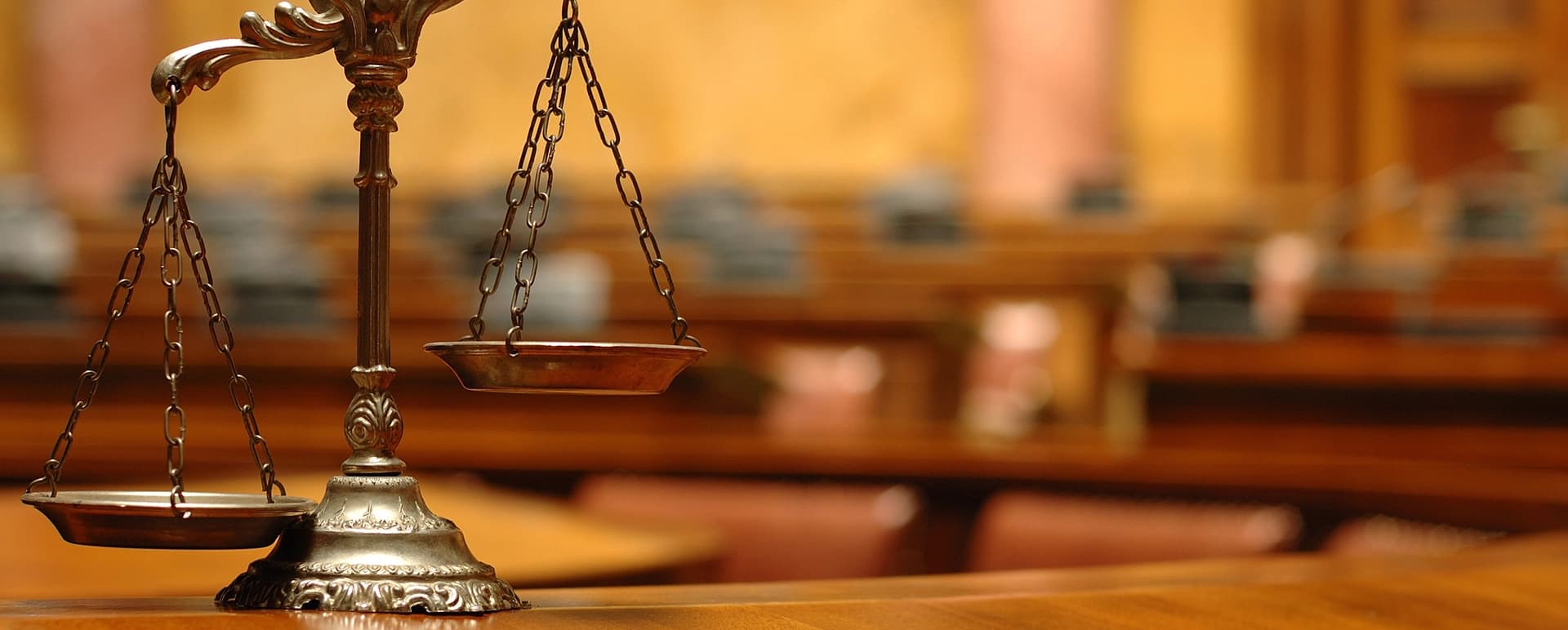Trial Presentation Providing Effective Case Information in Legal Proceedings
Trial Presentation Providing Effective Case Information in Legal Proceedings
Blog Article
Astound the Court: Crucial Components of a Powerful Test Presentation
Essential aspects such as recognizing the audience, crafting an engaging story, and grasping spoken and non-verbal communication are important parts of an effective discussion. As these variables intertwine, they develop a natural strategy that not only educates but likewise involves jurors on numerous levels.

Comprehending Your Target Market
Recognizing your target market is a pivotal aspect of efficient test discussion. An effective discussion rests on the ability to grasp the demographics, values, and tendencies of jurors. This understanding notifies just how arguments are framed, evidence exists, and emotional allures are crafted, ensuring that the message resonates with the jurors on an individual degree.
Study shows that jurors originated from varied backgrounds and might have differing degrees of understanding relating to legal procedures (trial presentation). Thus, it is important to avoid legal jargon that can estrange or perplex them. Rather, utilizing clear, relatable language promotes interaction and comprehension. Additionally, recognizing the jurors' potential biases and life experiences allows the test speaker to expect objections and address problems proactively.
Effective trial discussion likewise includes observing jurors' reactions during the process. Engaging with jurors as individuals instead than a collective system is crucial in fostering a solid link in the courtroom.

Crafting an Engaging Narrative
Crafting an engaging narrative is essential in leading jurors with the complexities of a situation. A well-structured narrative not just simplifies complex legal principles but additionally engages jurors on a psychological level, making the details much more relatable and remarkable.
This message ought to reverberate with the jurors' worths and experiences, fostering a link that goes beyond plain facts. This chronological technique can aid jurors follow the progression of occasions, stressing cause and effect.
Integrating human aspects-- such as individual tales or anecdotes-- can even more improve the story's impact. These aspects evoke compassion, permitting jurors to visualize the consequences of the situation on genuine lives. In addition, employing a consistent style throughout the discussion strengthens the major argument, making it simpler for jurors to keep important factors.
Inevitably, an engaging story changes a test discussion from a plain address of realities right into an influential tale that astounds the court, urging them to mull over with both factor and emotion.
Utilizing Visual Aids
Incorporating visual aids into a trial presentation can significantly enhance jurors' understanding and retention of details. Aesthetic materials such as charts, diagrams, pictures, and video clips can transform intricate lawful ideas and evidence right into quickly digestible layouts. By engaging multiple detects, these aids allow jurors to picture the situation's key components, making it much easier for them to comply with along and grasp detailed information.
Furthermore, properly designed visual aids can stress crucial points and emphasize connections in between different items of evidence. For example, timelines can properly show the sequence of occasions, while annotated pictures can clarify particular details relevant to the case. This not only help in understanding yet likewise enhances the narrative presented by the attorney.
It is essential, nonetheless, to guarantee that aesthetic help matter, clear, and properly presented. Excessively intricate or cluttered visuals might bewilder jurors and diminish the message. When used judiciously, visual help offer to complement the oral debates and enhance the general influence of the test presentation. Eventually, reliable visual communication can be a powerful device in encouraging jurors and aiding them reach informed verdicts.
Understanding Verbal Interaction
Effective spoken interaction is critical in a trial presentation, as it functions as the main ways whereby attorneys communicate their arguments and attach with jurors. Mastering this skill includes clearness, persuasion, and interaction. Lawyers have to express their factors plainly and briefly, staying clear of lawful lingo that might puzzle jurors. Simplicity in language fosters understanding and helps jurors understand complex visit here issues offered additional reading throughout the trial.
Additionally, tone and pacing considerably impact just how messages are obtained. A positive tone conveys authority, while ideal pacing permits jurors to take in information without really feeling overwhelmed. Lawyers must likewise vary their vocal inflections to emphasize bottom lines and preserve jurors' rate of interest throughout the presentation.
Additionally, the company of spoken arguments is essential. Structuring the narrative logically and coherently assists jurors follow the lawyer's line of reasoning, making it less complicated for them to maintain critical details. Using influential techniques, such as narration, can also improve the emotional resonance of the debates provided, therefore producing an extra profound link with jurors.
Ultimately, grasping spoken communication not just reinforces an attorney's situation yet likewise cultivates trust and connection with the court, considerably boosting the chances of a positive judgment.

Involving With Body Language
Nonverbal interaction plays an important role in test presentations, often sharing messages that words alone can not express. Body movement, including motions, position, face expressions, and eye contact, dramatically influences just how jurors perceive the reputation and sincerity of the speaker. A confident position, with shoulders back and an open stance, can impart trust fund, while closed-off body language might recommend defensiveness or uncertainty.

Faces need to show the feelings related to the instance, reinforcing the story existing. For example, a sincere expression throughout a poignant moment can evoke empathy and reinforce the emotional charm. Inevitably, mastering body movement is essential for reliable test presentations, as it improves spoken communication and establishes an engaging visibility that resonates with the jury.
Verdict
In verdict, captivating the jury requires a calculated method that includes comprehending the target market, crafting a compelling narrative, making use of aesthetic help, grasping verbal interaction, and engaging through body movement. Each component plays an important function in developing an effective test discussion that reverberates with jurors on both psychological and intellectual degrees (trial presentation). By incorporating these components effectively, legal experts can dramatically boost their capacity to encourage and affect court decision-making
Report this page